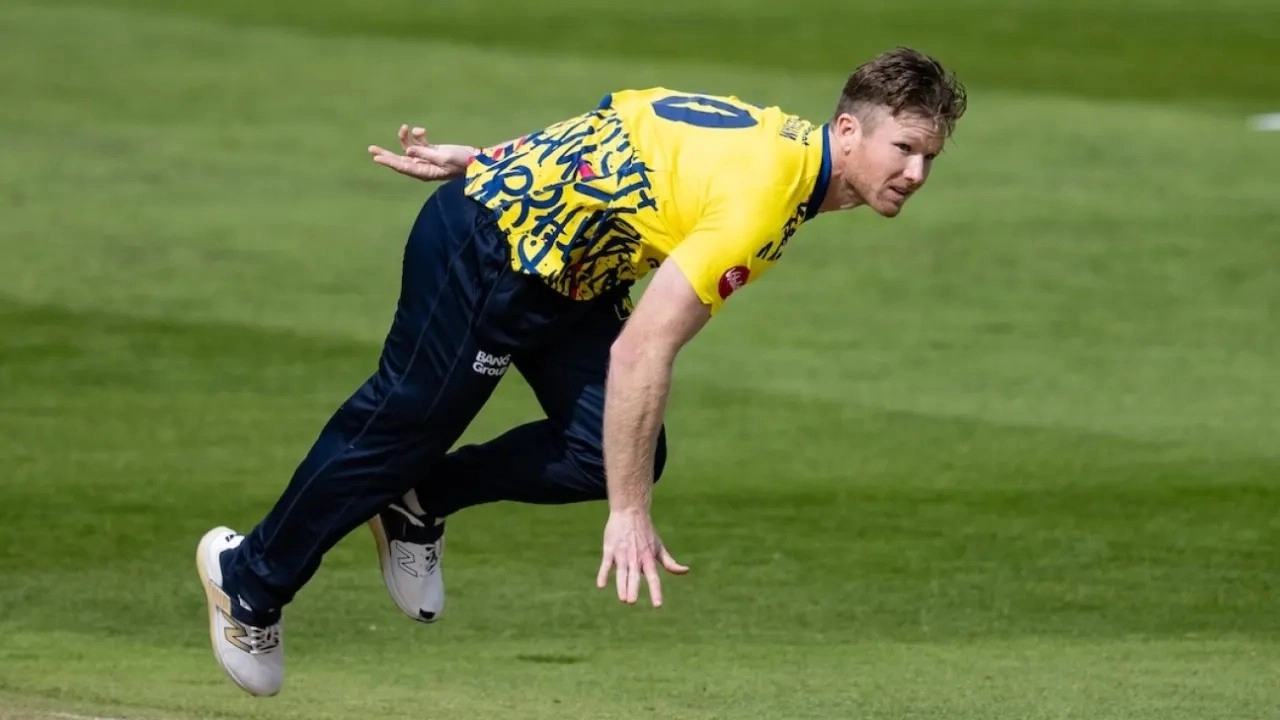
College Athletes React to $2.8B Settlement Changes \ TezzBuzz \ Washington DC \ Mary Sidiqi \ Evening Edition \ As a $2.8 billion NCAA settlement advances, concerns mount over its impact on non-revenue sports. Female athletes and walk-ons fear budget cuts, reduced resources, and uncertain futures. While top programs anticipate gains, others brace for unintended consequences.
Quick Looks
- $2.8 billion NCAA settlement approved by federal judge
- Revenue-sharing starts July 1, 2025, with up to $20.5M per school
- Football projected to receive 75–85% of distributed funds
- Female athletes, walk-ons fear program cuts and reduced resources
- Sydney Moore and Sabrina Oostburg voice concerns at AthleteCon
- Most college athletes unaware of how changes will affect them
- Texas softball coach likens reform to “sailing off the edge”
- Walk-on Jake Rimmel speaks out after being cut at Virginia Tech
- Key questions remain about roster limits, equity, and transparency
Deep Look
At the heart of a major NCAA convention in Charlotte, athletes Sydney Moore and Sabrina Oostburg stood out—not for their accolades on the court or track, but for their deeper understanding of the seismic shift occurring in college sports. The federal approval of a $2.8 billion NCAA settlement broke during the event, and while many cheered the headline, Moore and Oostburg felt the full weight of what it meant.
A nearby football player joked to Moore, “I’m about to get paid.”
Her response was sobering: “Yes, you are… and a lot of your women athlete friends are about to get cut.”
Though Moore acknowledged she may have exaggerated, her concern wasn’t without merit. The settlement—known as the House v. NCAA resolution—opens the door for schools to share up to $20.5 million annually with their athletes starting July 1, 2025. But the lion’s share, estimated at 75 to 85 percent, is expected to funnel into football, followed distantly by men’s basketball.
That lopsided allocation leaves athletes in non-revenue sports—essentially everything outside of football and basketball—questioning their future. Oostburg, a track and field athlete entering her senior year at Belmont University, wondered aloud: “Is this good or bad? How does this affect me? And more broadly, what does it mean for all athletes?”
Her concerns are valid. Even if $800,000 trickles down to non-revenue athletes, Oostburg questions whether that amount can sustain basic needs like training resources, medical care, and even nutritional support.
Moore, a former volleyball standout at Syracuse and a vocal advocate in the NIL (Name, Image, and Likeness) movement, echoed similar anxieties. For most female athletes, the issue isn’t how much money they’ll receive—it’s what they may lose. “We’d rather keep our resources and quality of life than get a one-time payout,” Moore said, adding that some student-athletes might now have to cover meals, buy equipment, or even pay for insurance out of pocket.
The newly approved system raises critical questions: How will schools allocate revenue fairly? What programs will be deemed expendable? And who ensures accountability in a landscape undergoing massive, rapid change?
A major part of the problem, according to both Moore and Oostburg, is a lack of awareness. Despite the significance of the settlement, most athletes at AthleteCon had little idea what it actually meant. “Athletes don’t know what’s happening,” Oostburg said. “They see headlines but don’t grasp the nuances. This is a complex issue.”
Even some coaches are caught in the fog. Mike White, who recently led Texas to a national championship in softball, said he felt like he was “sailing off the edge of the Earth.” Athletic departments, he suggested, are unprepared for the post-settlement world and unsure how to proceed.
The uncertainty is especially painful for walk-ons, who may become the first casualties of shifting priorities. Jake Rimmel, a former Virginia Tech cross-country athlete, experienced this firsthand. In late 2024, he and several others were cut from the team—an apparent move made in anticipation of the settlement. Legal proceedings forced schools to reconsider roster cuts, allowing affected athletes to return if they could re-earn their place, but with no guarantees.
“I’ve felt sidelined while others moved forward,” said Rimmel, who returned to his parents’ home in Purcellville, Virginia. He’s struggled for months with uncertainty, and the recent court approval sent him scrambling for answers. “Everyone’s talking about NIL and revenue-sharing, but I saw nothing about roster limits—my biggest concern.”
Rimmel had hoped for mandatory protections for cut athletes, but the final agreement only suggests voluntary “grandfathering” of those displaced—a move that offers little assurance. “I don’t know how schools will respond. I’m just hoping they make the right choices,” he said.
The fallout from the settlement is just beginning. While top-tier athletes in powerhouse programs may see financial windfalls, many others—particularly women, walk-ons, and those in niche sports—face an uncertain future.
For Moore, Oostburg, and Rimmel, this moment isn’t just about paydays or headlines. It’s about preserving the integrity of the college athlete experience, ensuring fairness, and demanding clarity in a rapidly evolving system. And as institutions prepare to implement sweeping changes, the voices of athletes like them are sounding alarms that administrators can no longer afford to ignore.
More on Sports
College Athletes React College Athletes React
-
Durham take the honours after wrecking Bears top-order

-
ICSI CS Dec 2025: Exam dates are out, papers will be held from 22 December, register by 31 July..

-
NEET UG 2025: Here are the latest updates on NEET UG result, know when it will be released on neet.nta.nic.in..

-
IIM Placement News: Has the shine of IIM faded? There is no job guarantee like before, know the reason..

-
Artificial Intelligence Course: Doing AI course is now easy, admission will be available in just one step instead of lakhs, know how..
